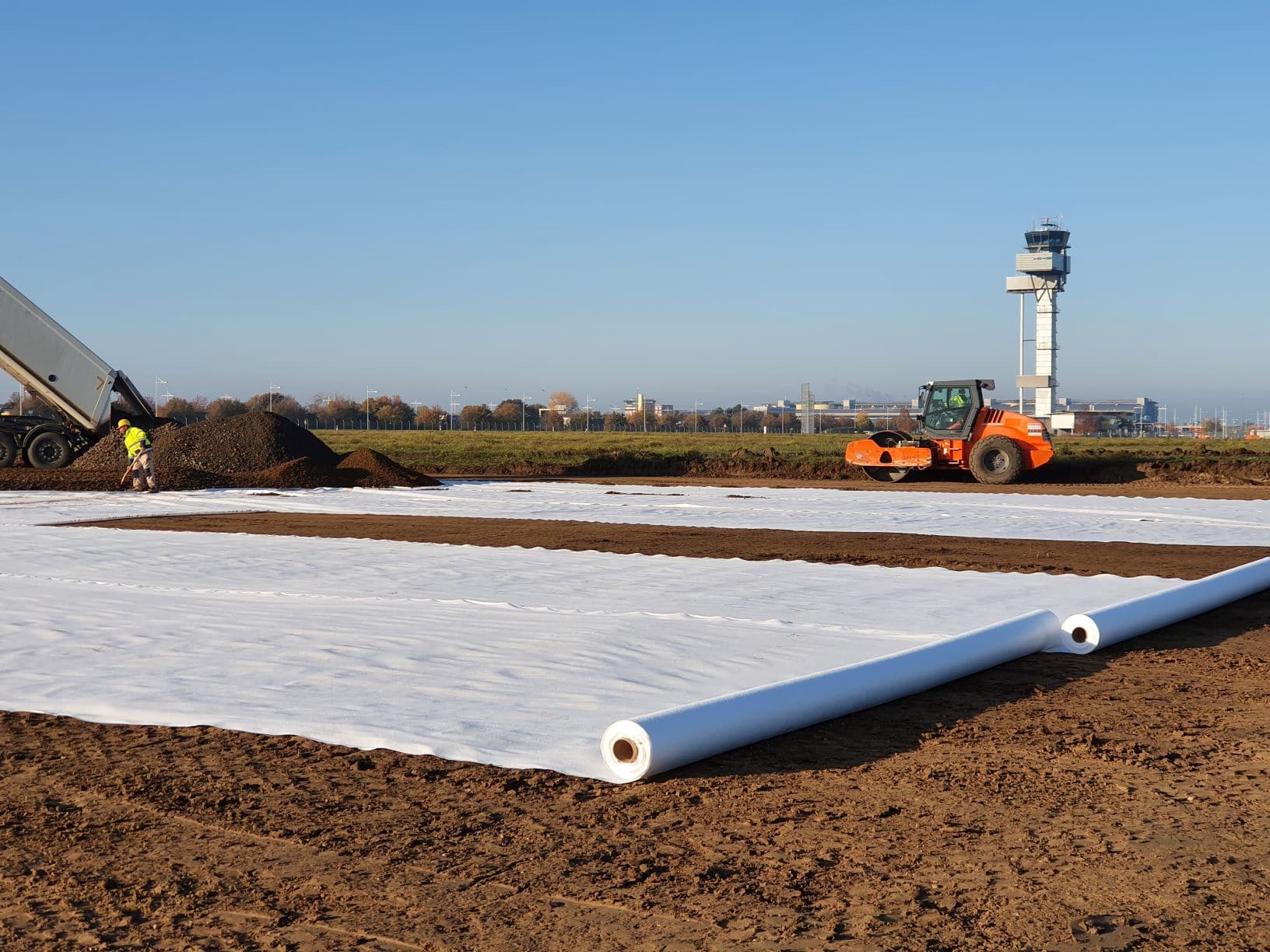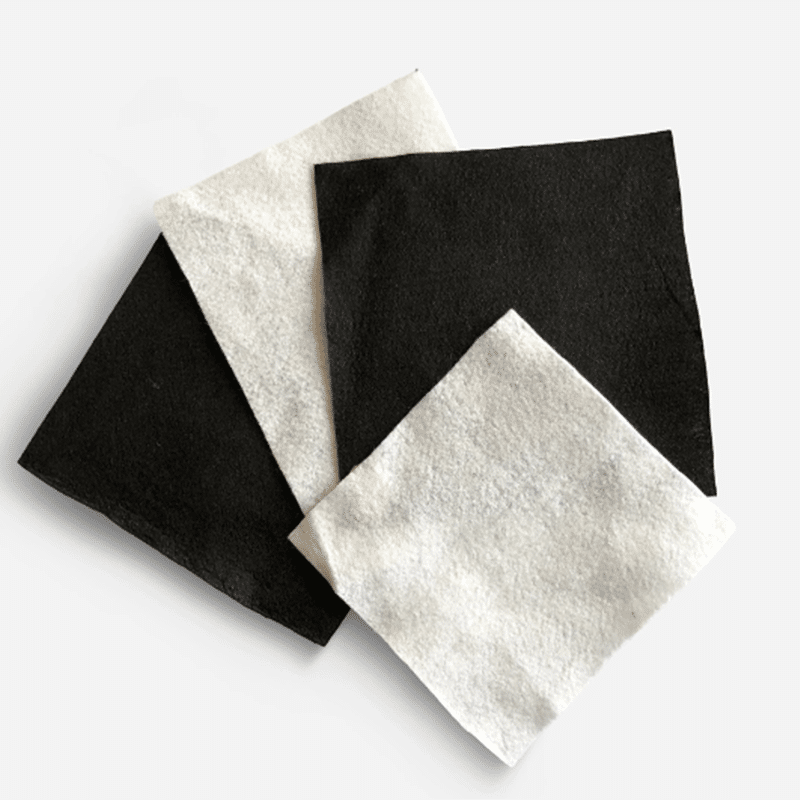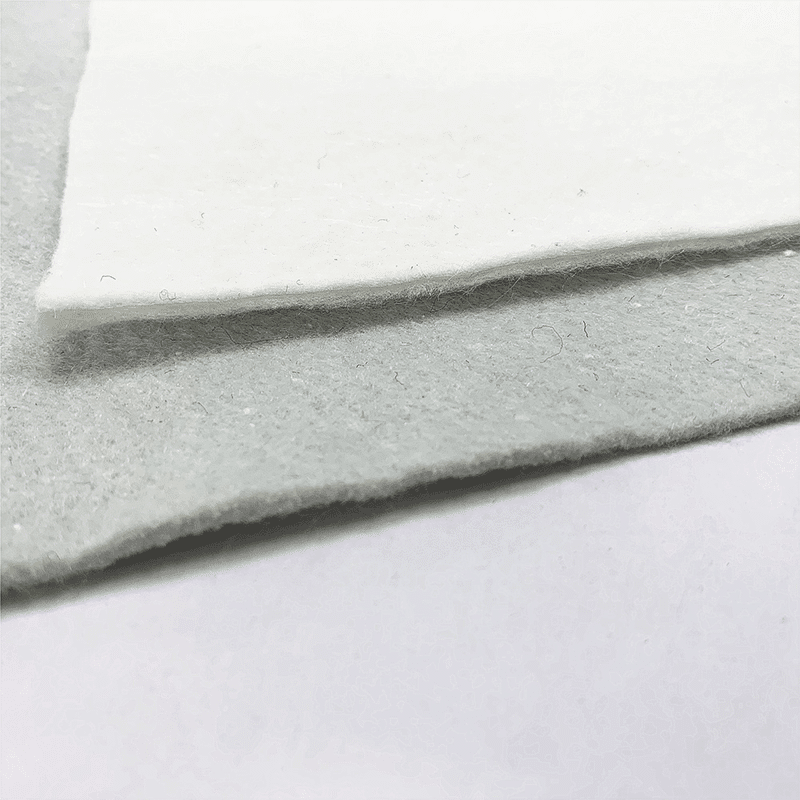Geotextile Fabric for Retaining Walls: Enhancing Stability and Longevity
Retaining walls play a crucial role in managing soil and preventing erosion in various landscaping and construction projects. One essential material that enhances the effectiveness and durability of retaining walls is geotextile fabric. This specially designed fabric offers superior drainage, filtration, and reinforcement, making it an integral part of modern retaining wall systems. In this article, we’ll explore how geotextile fabric benefits retaining walls and address common questions related to its usage.
Can geotextile be used in retaining walls?
Yes, geotextile fabric is highly recommended for use in retaining walls. Steep artificial slopes and geotextile/geogrid reinforcement slopes are commonly used to retain walls as they offer stabilization. The fabric serves multiple purposes, such as improving drainage, preventing soil erosion, and providing structural reinforcement. By allowing water to pass through while blocking soil particles, geotextile fabric helps maintain wall stability and reduces pressure from water buildup behind the wall, which can lead to failure over time.

What type of landscape fabric is best for retaining walls?
For retaining walls, the fabric used is often the best choice due to its filtration and drainage properties. Unlike woven fabrics, this type of material offers superior performance, which is essential in retaining wall applications. Typically made from synthetic fibers like polyester or polypropylene, it excels at filtering fine soil particles while allowing water to pass through, helping prevent hydrostatic pressure behind the wall.
How do you use geo fabric to retain walls?
Geotextile fabric is typically installed behind the wall during the building process to use in retaining wall construction. Before backfilling, install geofabric between the soil and the backfill material to ensure proper filtration and drainage. Here’s how to use it:
- Excavate the area: Clear the base area where the retaining wall will be built.
- Place the geotextile fabric: Lay the geotextile fabric along the excavated area, ensuring it extends behind the wall.
- Install drainage pipe (if required): Place perforated drainage pipes at the base of the wall, which will work with the geotextile fabric to channel water away.
- Backfill with gravel: Backfill the area with gravel or other coarse materials, ensuring the geotextile fabric stays in place while filtering water.
- Wrap the top edge: Once backfilling is complete, wrap the top edge of the geotextile fabric over the fill material to secure it in place.
- Complete the wall: Finish the installation of the retaining wall, knowing the geotextile fabric will help maintain the structure’s integrity for years to come.
When to use geotextile fabric?
Geotextile fabric should be used in retaining walls when dealing with high water content soils, slopes, or areas prone to erosion, especially when both soil separation and permeability are required. It is particularly important when there is a need to improve drainage or when building taller retaining walls, as the fabric helps manage the increased pressure from the soil. In general, geotextile fabric is recommended for any retaining wall to enhance durability, prevent water buildup, and minimize the risk of structural failure over time.
Geotextile fabric is a key material for ensuring the stability and longevity of retaining walls. Its ability to filter water while reinforcing soil makes it an essential component in preventing erosion and water-related issues. Whether you’re building a small garden retaining wall or a larger structure, using the right type of geotextile fabric and applying it correctly can make a significant difference in the wall’s performance.



Comments
Post a Comment